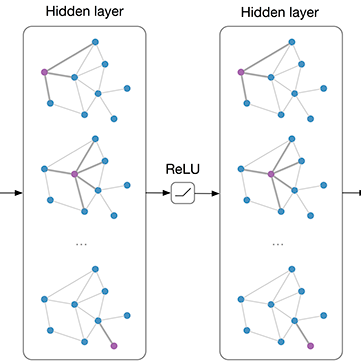Traditional approaches in speech emotion recognition, such as LSTM, CNN, RNN, SVM, and MLP, have limitations such as difficulty capturing long-term dependencies in sequential data, capturing the temporal dynamics, and struggling to capture complex patterns and relationships in multimodal data. This research addresses these shortcomings by proposing an ensemble model that combines Graph Convolutional Networks (GCN) for processing textual data and the HuBERT transformer for analyzing audio signals. We found that GCNs excel at capturing Long-term contextual dependencies and relationships within textual data by leveraging graph-based representations of text and thus detecting the contextual meaning and semantic relationships between words. On the other hand, HuBERT utilizes self-attention mechanisms to capture long-range dependencies, enabling the modeling of temporal dynamics present in speech and capturing subtle nuances and variations that contribute to emotion recognition. By combining GCN and HuBERT, our ensemble model can leverage the strengths of both approaches. This allows for the simultaneous analysis of multimodal data, and the fusion of these modalities enables the extraction of complementary information, enhancing the discriminative power of the emotion recognition system. The results indicate that the combined model can overcome the limitations of traditional methods, leading to enhanced accuracy in recognizing emotions from speech.
翻译:暂无翻译




